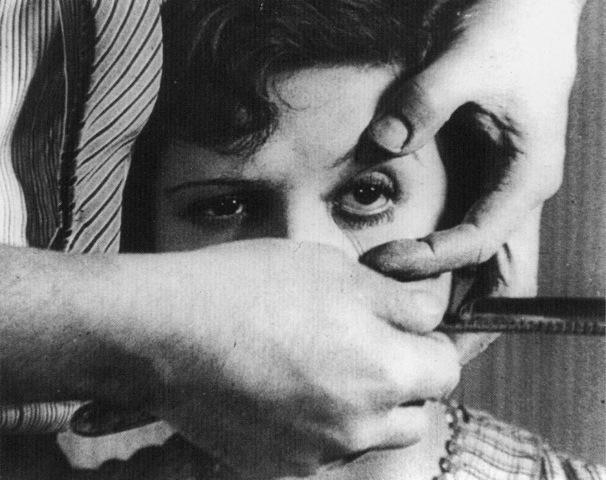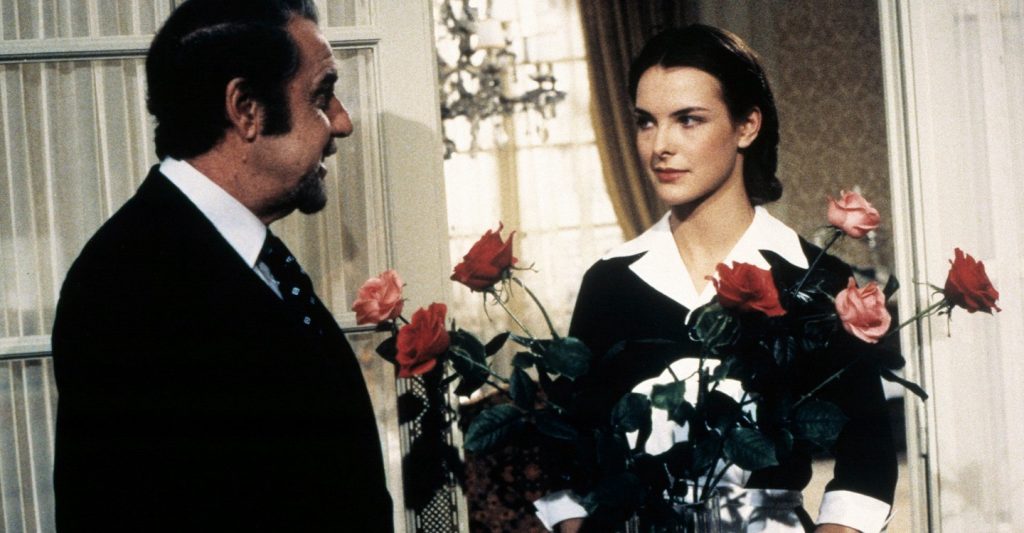How about an application of surrealism in a film which we can indeed make sense of? Even though most resources note that surrealism was an active art form mainly from the 1920s to 1960s, we see how Luis Buñuel’s cinema carries the movement’s effects to late 1970s.
Dadaism and surrealism are born against the traditional art. André Breton writes the first Surrealist Manifesto of 1924, stating that the arts address to bourgeoisie and is in their language. He points out that something must be wrong as all the arts and progress brought the world to the First World War. Aiming to change the way art is understood, Dali, Lorca, and Buñuel are one of the first artists to produce surreal works.
The surrealist art movement is characterized by dream-like visuals as well as collages of seemingly “irrelevant” images. There is one rule: “No idea or image that might lead itself to a logical mind is accepted.” Arts had been based on logic, therefore these artists favor the illogical.
Mainstream cinema had been telling coherent stories of characters within a reasonable frame. To break it, these filmmakers use subconscious elements before reason. One might think of Dali and Buñuel’s Un Chien Andalou (1929) as a famous example.

Surrealism is often found confusing and incomprehensible, that’s why it was difficult for it to find a place within mainstream cinema. The films don’t usually have theatre release due to low ticket sales. Understanding the arts is favored over simply experiencing the feelings it ignites.
The viewers have trouble enjoying a film as they don’t see one clear meaning when the filmmaker aims for anyone to draw their own understandings of it. For instance, the symbolism of oranges in The Godfather refers to danger and death, and it is out there for everyone to understand. On the other hand, surrealism argues oranges might and should mean something else for every viewer.
In order to use surrealist elements in a feature film, the filmmaker has to soften the edges and plug the elements within a storyline which the viewer can follow. Buñuel uses psychology and associations in That Obscure Object of Desire, but there is a clear story that draws us in. Mathieu (Fernando Rey), tells the passengers on a train the story of his dysfunctional relationship with a young flamenco dancer named Conchita.

We can trace elements of surrealism in several scenes. The perception of time is lost in the train. The speaker on the radio says all these nonsense. The passengers absurdly know each other. One might say that these take place in Mathieu’s imagination, but over analyzing would ruin surrealism. As a mockery, the psychoanalyst gives obvious explanations to certain events as if he is explaining stuff that nobody gets.
As the title refers, his desire is vague, ambiguous, and confusing. It is illogical and unreasonable. Even the character doesn’t get why he is attracted to her. Love and pain are interlaced in the story. Surrealism isn’t interested in providing a reason why, it just shows that Mathieu cannot cut loose from Conchita. Her character is played by two different actors, which suits the surreal mood although it wasn’t the case when the script was written.
“I think your act has an explanation although it is unusual.”
Can this be an answer to those who criticize surrealism? The surreal elements in the film is not confusing but instead fun. If you like such breaking of mainstream rules, you might enjoy David Lynch’s cinema, who skillfully applies surrealist elements in his films.
